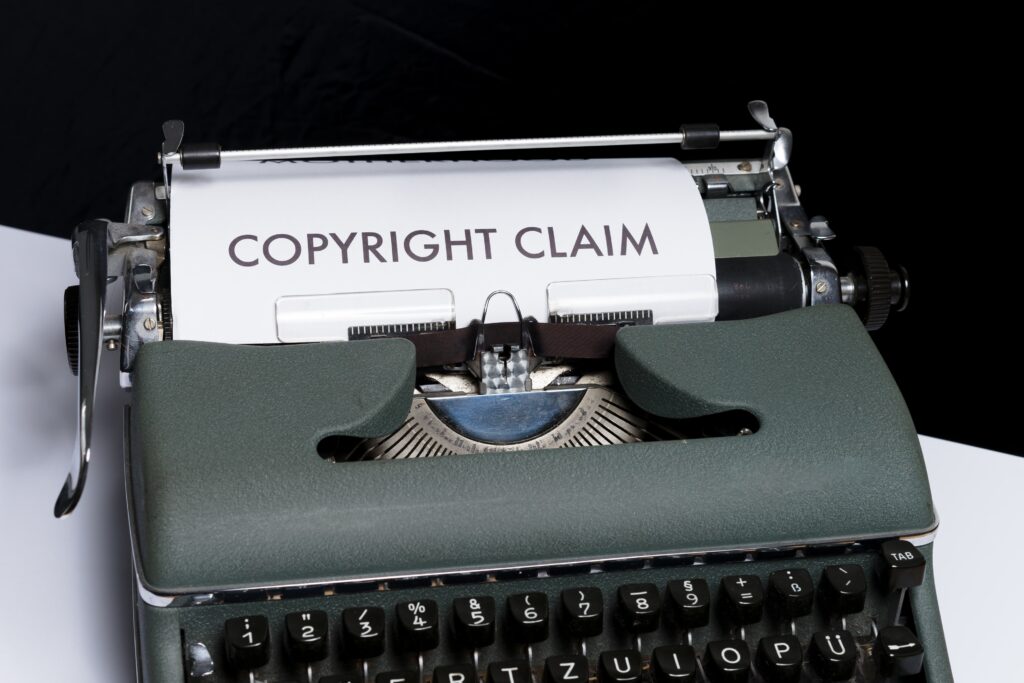
The world celebrated the World Intellectual Property Day on 26th April, with this year’s theme being ‘Reach for Gold: Intellectual Property and Sport’. In my opinion there was no better time to have this discussion than two days before our athletes made us proud in the London Marathon. Since we know what sport is, let us get a bit more knowledgeable on intellectual property.
Intellectual property is defined on Wikipedia as a category of property that includes intangible creations of the human intellect. It refers to the creations of the mind, like music, inventions, books, and the like, which have both a moral and commercial value. Symbols, names and images used in commerce also fall under this category. It is generally intangible because one cannot touch an idea, which is what leads to these creations. This aspect about them made them remain unrecognized for a long time. People mostly secured their tangible property, and until recently, there was no remedy for people whose songs, for example, were released by a recording studio in another person’s name. This led to the development of intellectual property rights, which now protect individuals against such injustices.
The Business Dictionary defines intellectual property rights as rights of a person or a company to use its own plans, ideas or other intangible assets without the worry of competition, at least for a specific period of time. Simply put, they are rights given to the creator of something to exclusively use his creation over a certain period of time. As a creator or owner of intellectual property rights, you are given the exclusive right to benefit from your work or investment in a creation. Intellectual property rights were first recognized in the Paris Convention for the Protection of Industrial Property (1883) and the Berne Convention for the Protection of Literary and Artistic Works (1886). They are currently outlined in Article 27 of the Universal Declaration of Human Rights, which is applicable law in Kenya.
Intellectual property is divided into two main types: industrial property rights and copyrights. Industrial includes patents for inventions, trademarks, geographical indications, and industrial designs and models. Copyrights protect the expression of an idea. They cover artistic works, like drawings, paintings and photographs; literary works, like novels and plays; music; and film. On the face of it, the difference is that industrial property rights cover companies and their productions, while copyrights tend to be more small scale and deal with individuals and small groups. Copyrights are generally artistic in nature, while industrial property rights generally cover large scale commercial entities. Be sure to check out our indepth articles on copyrights and different types of industrial property rights, coming soon.
Worldwide, there is a special agency of the United Nations called the World Intellectual Property Organization (WIPO), which helps ensure that the rights of creators and owners of intellectual property are protected. Kenya is one of the member states. Kenya also protects intellectual property rights through institutions like Kenya Industrial Property Institute, for industrial property, and the Kenya Copyright Board, for copyrights.
However, as noted in this year’s World Intellectual Property Day celebrations in Kenya, Kenyans, especially our sports champions, do not fully reap the benefits of their brands, talents and creations. The Cabinet Secretary for Industry, Trade and Cooperatives announced that the government will soon review the Draft National Intellectual Property Policy developed in 2013 to take into account international best practices, and especially to benefit our sportspersons. As we wait for these changes, you could check out more of our articles at www.mmsadvocates.co.ke and keep up to date. Let’s have an informed populace, shall we?
Victory Wanjohi
www.mmsadvocates.co.ke